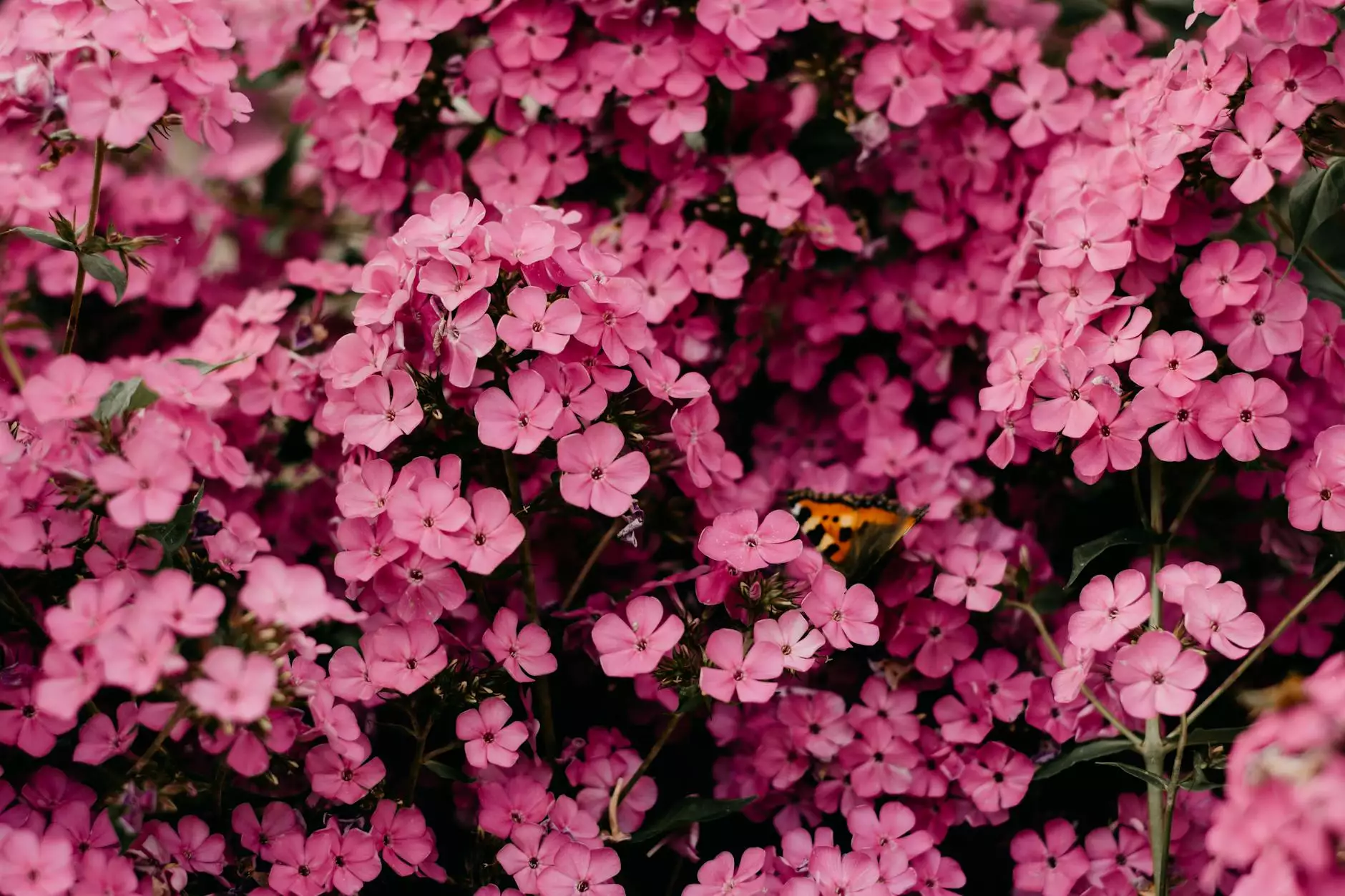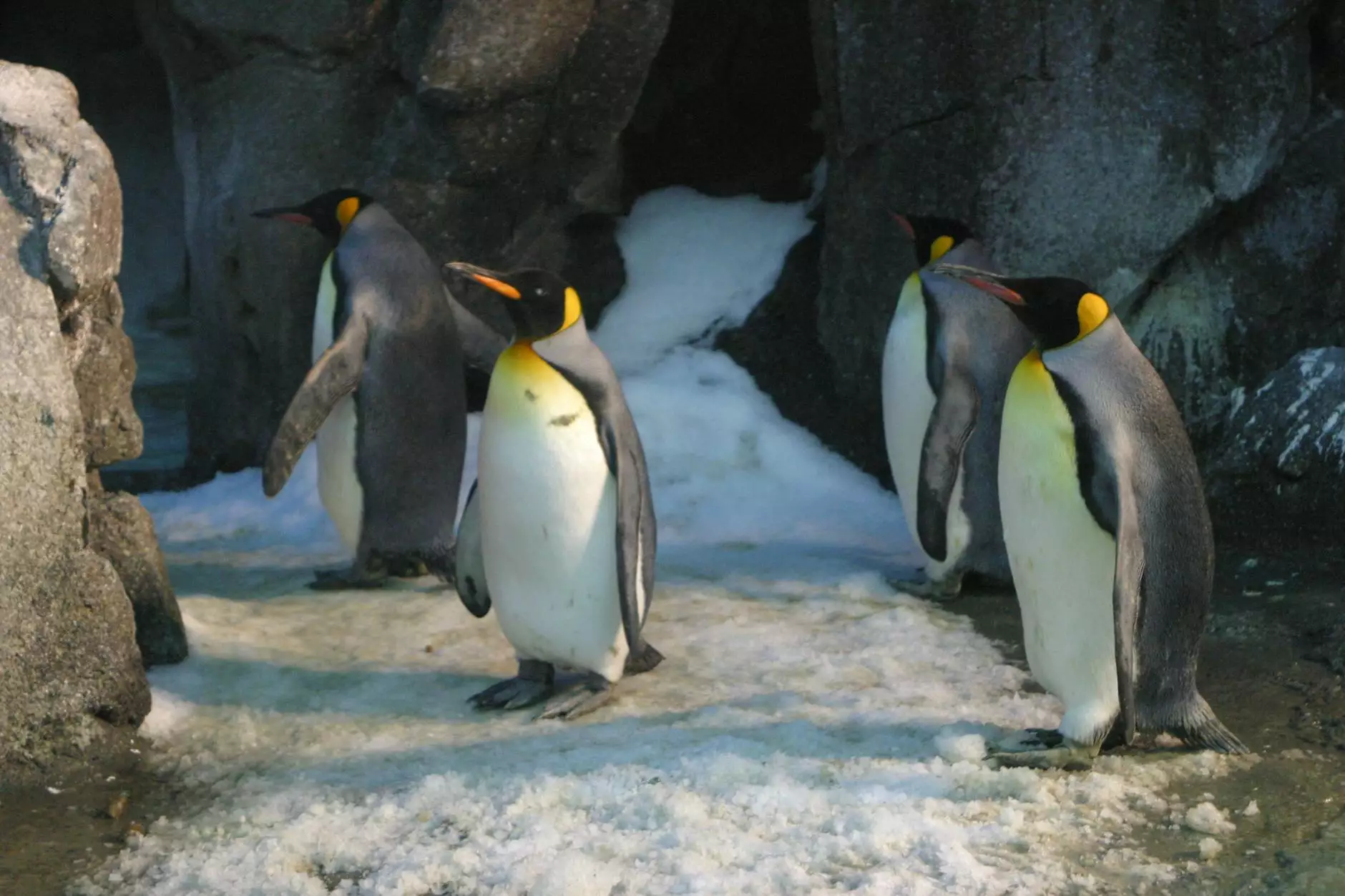Sloth life: It ain't a sin!

Unveiling the Charm of Sloths
Welcome to the Wild Florida Blog by Aventuras Naturales! In this article, we will dive deep into the fascinating world of sloths, those endearing creatures that have captured the hearts of nature enthusiasts worldwide. Join us on a journey to explore the enchanting life of these slow-motion specialists.
The Sloth Habitat: Unraveling Their Secrets
Sloths are native to the lush rainforests of Central and South America, spanning countries such as Costa Rica, Brazil, and Panama. Their natural habitat is characterized by dense vegetation and an abundance of trees, which provide the perfect sanctuary for these charming creatures.
Living predominantly in the treetops, sloths spend most of their lives hanging upside down from branches. Their unique lifestyle is attributed to their slow metabolism, which allows them to conserve energy and move with an almost zen-like slowness. This leisurely pace enables them to escape the attention of predators while blending seamlessly into the background.
A Peek into the Sloth Lifestyle: Slow and Steady Wins the Race
Contrary to the popular belief that sloths are lazy, their seemingly lazy behavior serves a vital purpose in their survival. Sloths are specially adapted for living in the tree canopies, where they primarily feed on leaves, buds, and shoots. Their diet, low in energy content, requires them to minimize any unnecessary movements to conserve energy. They spend up to 20 hours a day resting or napping, only expending energy during brief feeding periods. This unique metabolism allows them to thrive in their arboreal habitat.
Despite being slow climbers on land, sloths are remarkably agile in the treetops. Their long arms and sharp claws aid them in navigating the branches effortlessly. They have an astonishing ability to hang from a single limb, thanks to the unique structure of their muscles and tendons. These incredible adaptations allow sloths to move efficiently through the trees, reaching new foliage for sustenance.
The Gentle Giants: Meeting The Sloth Species
Within the sloth family, there are two main species: the two-toed and the three-toed sloths. While both share similar characteristics, they differ in subtle ways. Two-toed sloths are larger, with a more diverse diet, often including insects and small reptiles. They have longer, shaggier fur, and their habitats range from rainforests to drier regions. On the other hand, three-toed sloths are smaller and solely herbivorous, relying solely on leaves for sustenance. Their fur hosts symbiotic algae, which gives them a greenish tint, camouflaging them further amidst the foliage.
Conservation Efforts: Protecting the Sloth's Future
As ambassadors of the wild, it is crucial to prioritize the conservation of these slow-moving creatures and their habitat. Sloths face various threats, including deforestation, habitat loss, and the illegal pet trade.
Organizations like Aventuras Naturales actively contribute to the preservation of sloths through educational programs, research initiatives, and habitat conservation projects. By raising awareness and promoting responsible tourism, we strive to ensure the long-term survival of these incredible creatures.
Join Us on a Journey of Marvel and Tranquility
Embark on an unforgettable adventure with Aventuras Naturales, and let us introduce you to the breathtaking world of sloths. Immerse yourself in their serene habitat, witness their slow and gentle movements, and gain a newfound appreciation for the wonders of nature. Our expert guides will lead you through incredible rainforest landscapes, where you'll get up close and personal with these mystical creatures.
Whether you are a wildlife enthusiast, a nature lover, or simply seeking a unique experience, our sloth-focused tours create lasting memories. Discover the intricate charms of sloth life with Aventuras Naturales – it's an experience that will leave you captivated for a lifetime.




